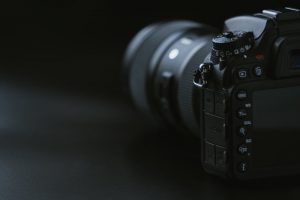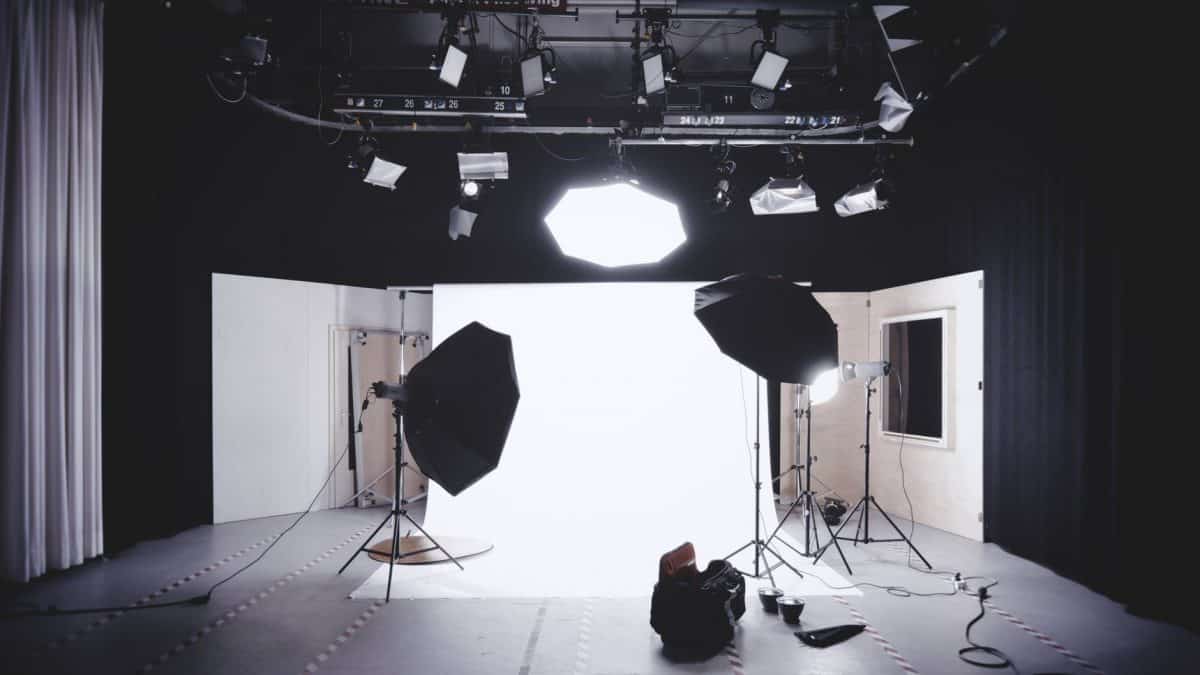As a photographer, it is important to understand the different types of flashes and their applications to capture the best photographs.
# Built-in flash units are integrated within the camera body. When you take a photo, the light is flashed directly towards the subject. The main drawback of this flash type is that it often creates harsh contrasts and dark shadows, which can produce unwanted effects in the photos.
# Fill-in flash is another common type used by photographers. It is typically used when the background is brighter than the subject. The fill-in flash helps brighten the subject by increasing its brightness level relative to the background.

# Macro Ring Light Camera Flash is primarily used in macro photography. It produces soft, diffused light that evenly illuminates the subject. One of its main advantages is that it allows you to get very close to your subject without casting harsh shadows, making it ideal for capturing fine details in small objects.
# A Dedicated Flash is the most commonly used type in photography. It communicates electronically with the camera to synchronize flash output with aperture, shutter speed, and ISO settings for optimal exposure. This flash can either be mounted on the camera’s hot shoe or connected via a cable, allowing flexibility in positioning. Its advantage lies in providing consistent, well-balanced lighting and greater creative control compared to built-in flashes.

These are some of the common types of flashes used in photography. If you are just starting out in photography, it’s important to understand these flash types so you can select the one that best fits your needs. Therefore, as an amateur photographer, now is the perfect time to explore and understand the different flash options available.

